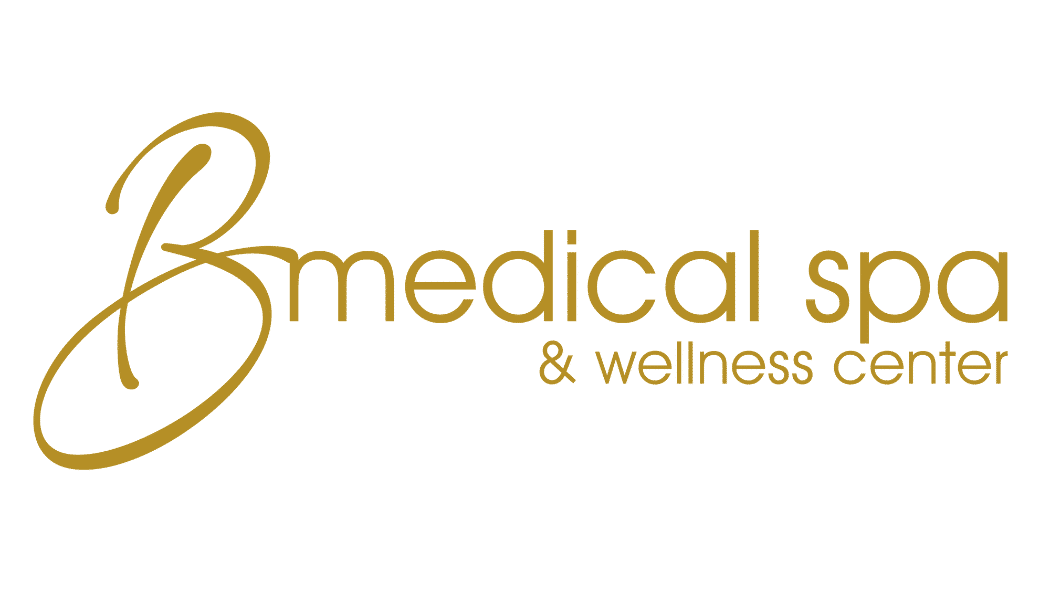
Introduction
Hair loss can significantly impact an individual’s confidence and self-esteem. While hair transplant surgeries have been a popular solution for restoring hair, recent advancements in medical technology have brought forth a range of non-surgical hair restoration techniques. These innovative treatments offer effective alternatives to surgical procedures, providing hope for individuals seeking natural-looking hair regrowth without undergoing invasive surgery. In this blog, DR NADINE HADDAD will explore the latest non-surgical hair restoration techniques that go beyond traditional transplants, opening up new possibilities for those struggling with hair loss.
1: Low-Level Laser Therapy (LLLT)
Low-Level Laser Therapy, also known as red light therapy, is a non-invasive hair restoration technique that uses low-level lasers to stimulate hair follicles and promote hair regrowth. The gentle laser light penetrates the scalp, increasing blood flow to the hair follicles and encouraging the growth of thicker, healthier hair. LLLT is a painless procedure and has gained popularity due to its convenience and minimal side effects.
2: Platelet-Rich Plasma (PRP) Therapy
Platelet-Rich Plasma (PRP) therapy is a regenerative treatment that utilizes the patient’s blood platelets to stimulate hair growth. During the procedure, a small amount of the patient’s blood is drawn, and the platelets are separated and concentrated. The PRP, rich in growth factors, is then injected into the scalp, promoting hair follicle activation and regrowth. PRP therapy is safe, minimally invasive, and has shown promising results in improving hair density and thickness.
3: Microneedling with Growth Factors
Microneedling with growth factors is a non-surgical hair restoration technique that combines microneedling with the application of growth factor serums. Microneedling involves creating tiny punctures in the scalp, stimulating the body’s natural healing response and enhancing nutrient absorption. The growth factor serums contain essential proteins that promote hair growth. This combination helps improve scalp health and revitalize dormant hair follicles, leading to renewed hair growth.
4: Topical Medications
Topical medications, such as minoxidil, are FDA-approved treatments for hair loss and are available over-the-counter. These solutions are applied directly to the scalp, where they work to increase blood flow to hair follicles, extend the hair’s growth phase, and prevent further hair loss. While topical medications may not lead to complete regrowth for all individuals, they can be effective in slowing down hair loss and improving hair thickness.
5: Hair Growth Supplements
Hair growth supplements are oral formulations that contain essential vitamins, minerals, and nutrients to support healthy hair growth. These supplements aim to provide the body with the building blocks required for strong and vibrant hair. While not a standalone solution for severe hair loss, hair growth supplements can complement other non-surgical treatments and contribute to overall hair health.
Conclusion
Non-surgical hair restoration techniques offer hope and effective solutions for individuals experiencing hair loss. From low-level laser therapy and platelet-rich plasma therapy to microneedling with growth factors, these innovative approaches stimulate hair regrowth without the need for invasive surgery. Additionally, topical medications and hair growth supplements provide further support in maintaining hair health and preventing future hair loss. As technology continues to advance, the future holds even more possibilities for non-surgical hair restoration, providing individuals with a range of options to restore their hair and confidence.
